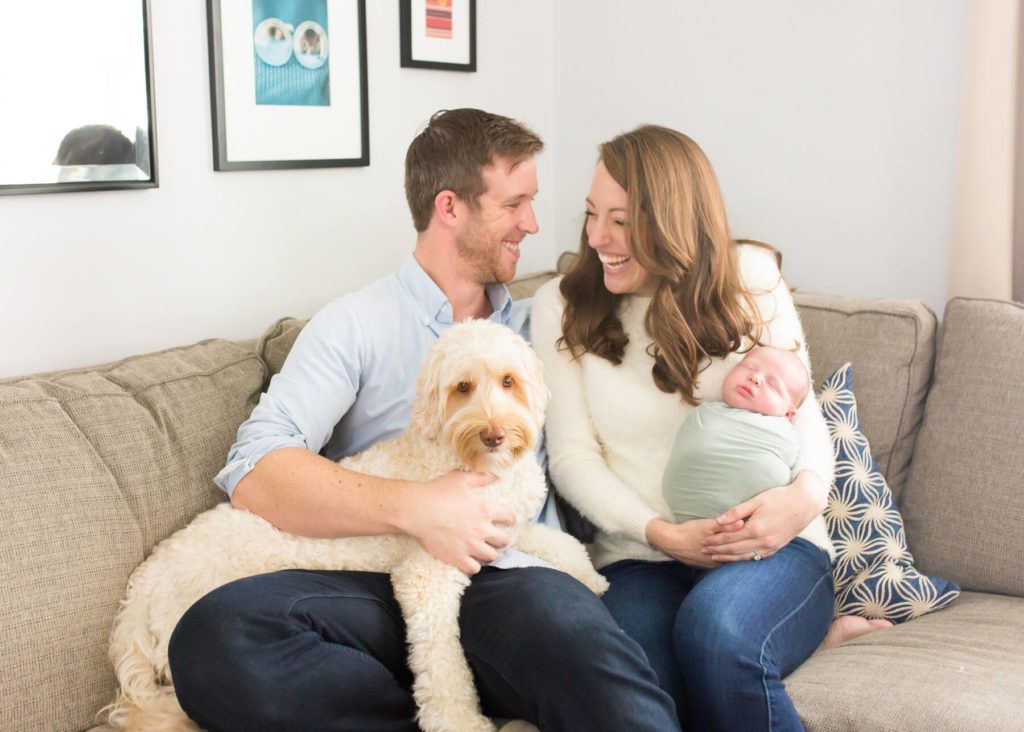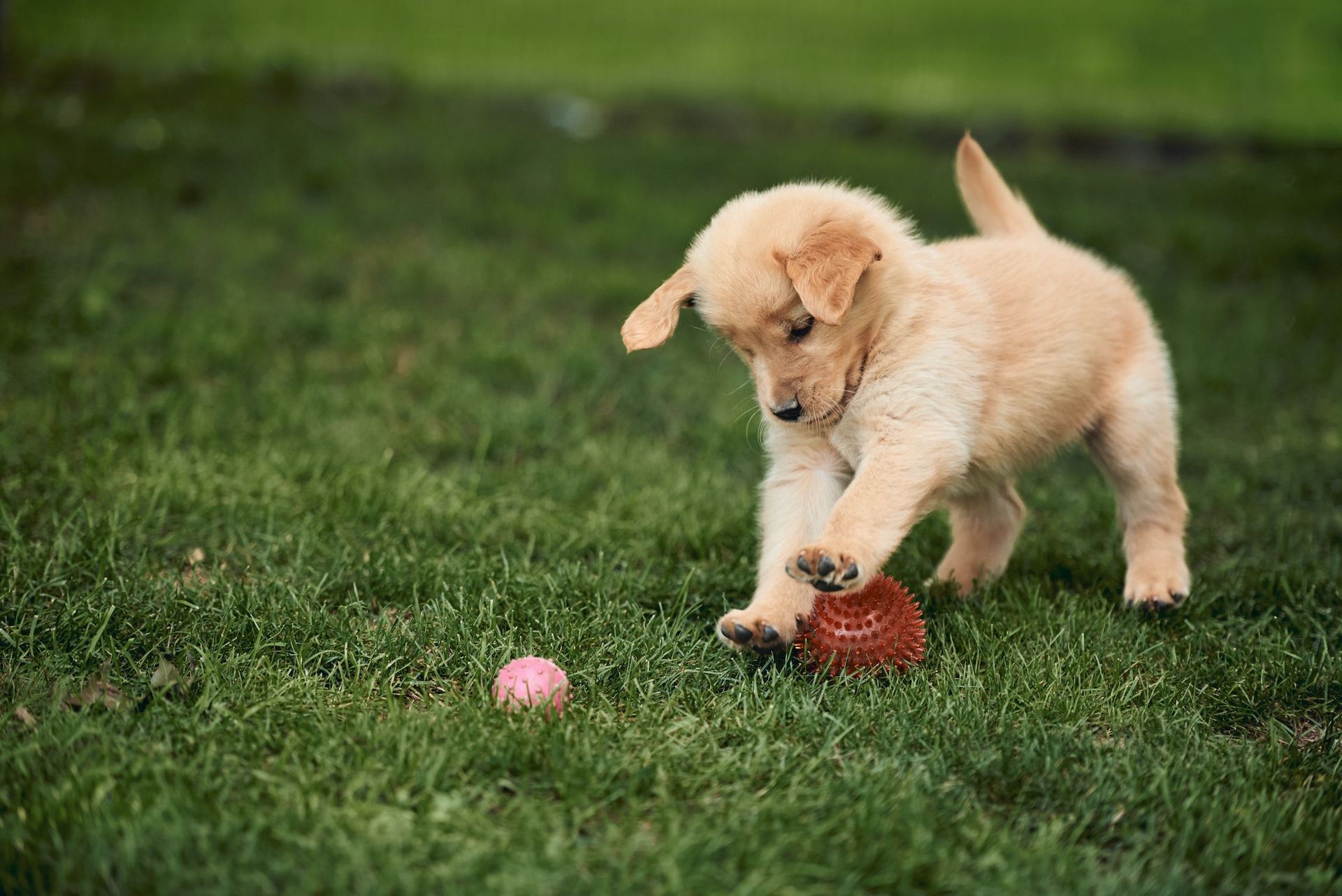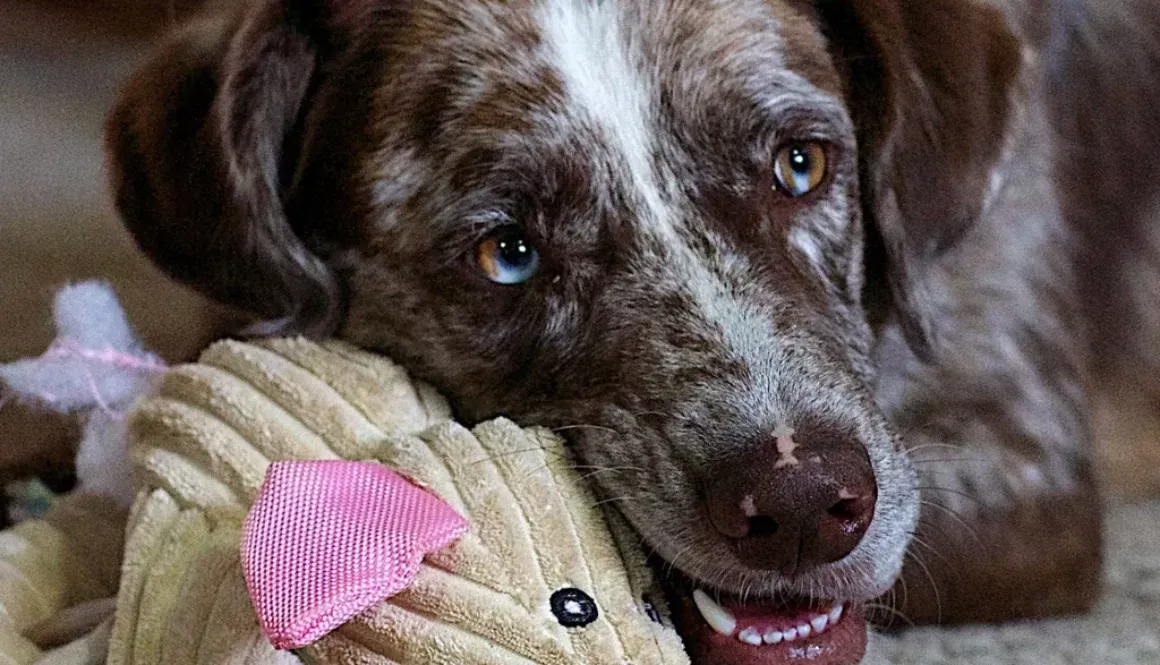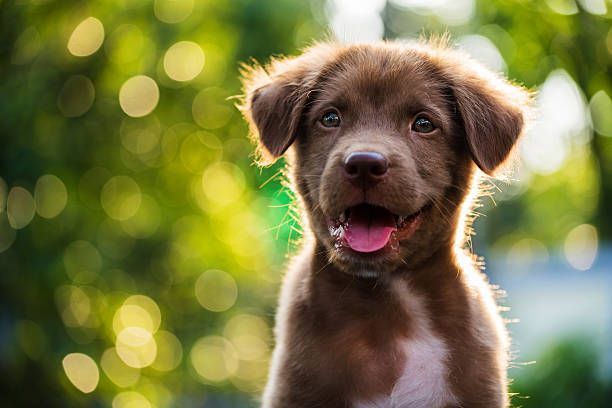How to Stop Your Dog from Pulling on the Leash
How to Train Your Dog to Walk Nicely on a Leash
Walking your dog should be an enjoyable experience, but if your dog constantly pulls on the leash, it can turn into a frustrating and exhausting task. Many dog owners in Kenley and Caterham struggle with this common issue, but the good news is that leash training is manageable with the right approach. In this blog, we’ll explore why dogs pull and how you can train them to walk calmly by your side.
Why Do Dogs Pull on the Leash?
Before we dive into solutions, it’s important to understand why dogs pull in the first place. Some common reasons include:
- Excitement – Dogs are naturally eager to explore their surroundings, especially in new environments.
- Lack of Training – Many dogs have never been taught how to walk properly on a leash.
- Natural Instincts – Dogs move faster than humans and may pull simply because they want to get somewhere quicker.
- Reinforcement – If pulling gets them where they want to go, they will continue the behaviour.
- Reactivity – Some dogs react strongly to stimuli such as other dogs, people, or vehicles, causing them to pull in an attempt to engage or escape.
How to Train Your Dog to Walk Nicely on a Leash
1. Use the Right Equipment
Having the right leash and collar can make a huge difference. A standard leash (4-6 feet) is best, while harnesses with front clips can help discourage pulling. Avoid retractable leashes as they encourage pulling by giving the dog more freedom.
2. Teach Loose-Leash Walking
- Start in a low-distraction area such as your garden or a quiet street.
- Hold the leash firmly but without tension.
- Reward your dog with treats or praise when they walk beside you without pulling.
- If your dog pulls, stop walking and wait until the leash is loose before moving again.
- Repeat consistently to reinforce good walking behaviour.
3. Use the Stop-and-Go Method
- If your dog pulls, stop immediately and do not move forward.
- Wait for them to relax or turn back towards you, then continue walking.
- This teaches your dog that pulling will not get them where they want to go.
4. Try the Change-of-Direction Technique
- When your dog pulls, turn and walk in the opposite direction.
- Reward them when they follow you.
- This method keeps your dog engaged and focused on you instead of pulling forward.
5. Manage Reactivity on Walks
- Identify your dog’s triggers (other dogs, people, cars) and work on controlled exposure.
- Use high-value treats to redirect your dog’s attention before they react.
- Increase distance from the trigger and gradually decrease it as your dog becomes more comfortable.
- Remain calm and confident to help your dog feel secure.
6. Reinforce Good Behavior
- Reward your dog with small treats, verbal praise, or gentle pats when they walk calmly.
- Positive reinforcement helps your dog associate good behaviour with rewards, making them more likely to repeat it.
7. Practice Regularly
- Consistency is key. Short, frequent training walks are more effective than occasional long walks.
- Set realistic goals and gradually increase the duration of your walks.
When to Seek Professional Help
If your dog continues to pull excessively despite training, professional guidance can help. As an experienced dog trainer in the Kenley and Caterham area, I offer personalized training sessions to help you and your dog enjoy stress-free walks.
Contact me today to book a consultation and take the first step toward better leash manners!










